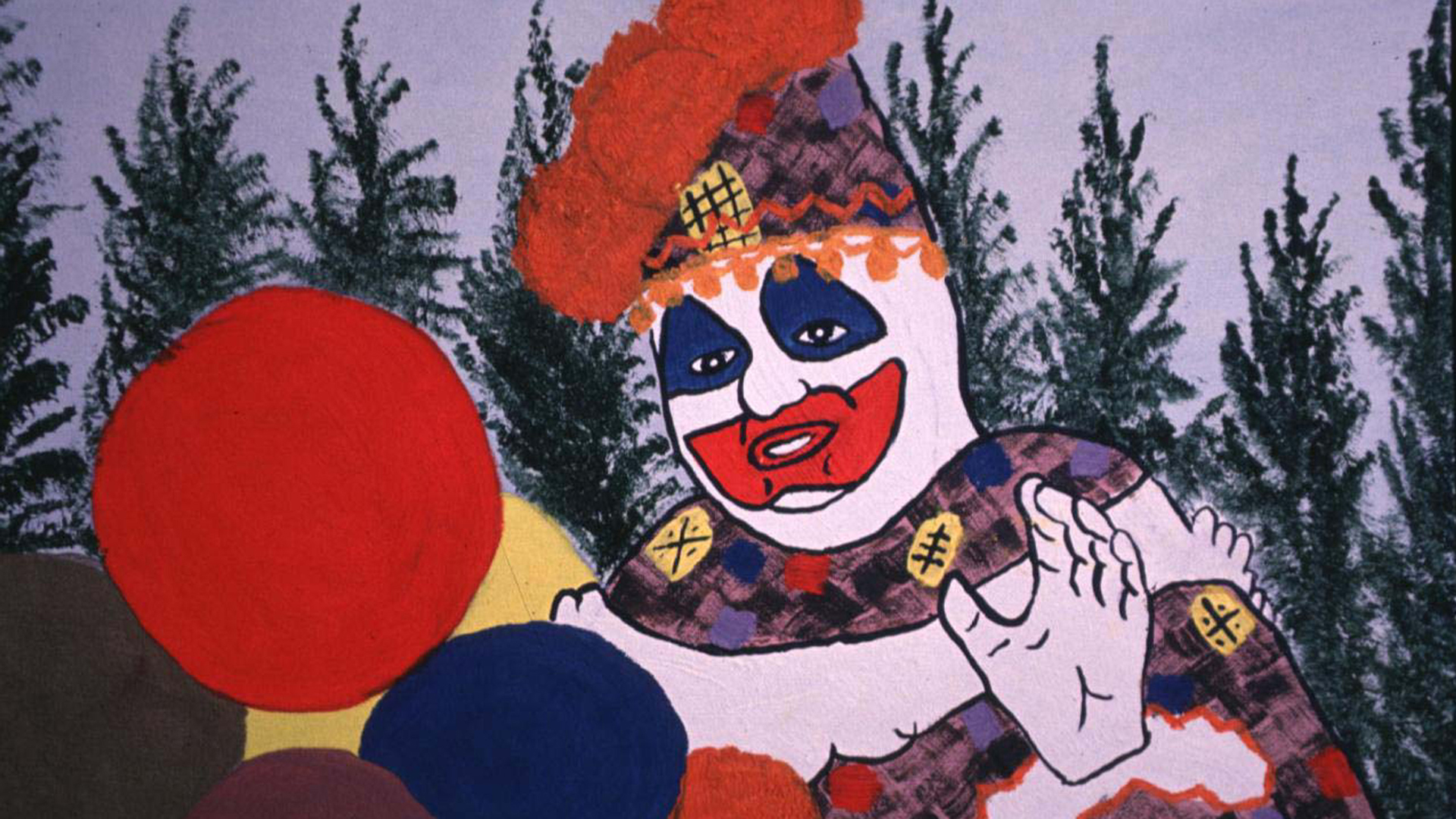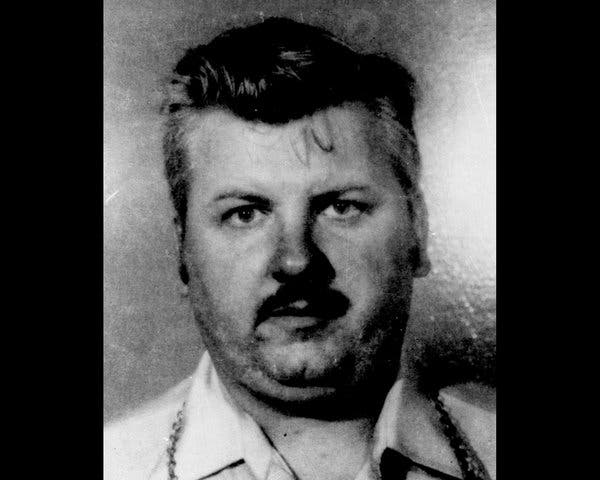John Wayne Gacy, known as the “Killer Clown,” remains one of the most infamous serial killers in American history. His crimes, committed in the 1970s, left a trail of devastation that continues to haunt the nation. This article delves into the chilling details of his murders, the investigation that led to his arrest, and the lasting impact of his crimes.
The Crimes of a Serial Killer
John Wayne Gacy was convicted of killing at least 33 young men and boys between 1972 and 1978. Most of his victims were gay or bisexual, and he lured them to his home under the pretense of offering construction work. Once there, he would sexually assault and murder them, often by strangulation. Gacy’s methodical approach to his crimes made him particularly dangerous, as he managed to evade detection for years.
The Victims
Gacy’s victims came from diverse backgrounds, but many were young men who disappeared without a trace. Among the identified victims are Timothy McCoy, John Butkovich, and Robert Donnelly. Each of these individuals had their lives cruelly taken by Gacy, leaving behind grieving families and communities.
The story of Francis Wayne Alexander is particularly poignant. He was identified in 2021 as one of Gacy’s victims, after being missing for over 45 years. His family had no idea he had been killed until the identification was made through DNA testing. This highlights the ongoing efforts by authorities to bring closure to the families of the victims.
The Investigation and Arrest
Gacy’s crimes went largely undetected for years, partly due to the societal stigma surrounding homosexuality during the 1970s. It wasn’t until the disappearance of 15-year-old Robert Piest in 1978 that the police began to investigate him seriously. A search of Gacy’s home revealed suspicious items, including police badges, a pistol, and hypodermic needles, which raised red flags among investigators.
Following a lengthy investigation, Gacy was arrested in December 1978. During the search of his home, investigators discovered human remains in the crawl space beneath his house. Gacy confessed to killing about 30 people, and further searches uncovered more bodies, leading to his eventual conviction.
The Trial and Conviction
Gacy’s trial began in February 1980, with the prosecution arguing that he was mentally competent and fully aware of his actions. His defense team claimed he suffered from multiple personality disorder, attempting to portray him as a victim of his own mental illness. However, the jury found him guilty of all 33 murder charges in less than two hours, making him the most convicted serial killer in U.S. history at the time.
During the trial, several of Gacy’s surviving victims provided harrowing testimony about their experiences. These accounts painted a grim picture of the trauma inflicted by Gacy, reinforcing the severity of his crimes.
The Aftermath
After his conviction, Gacy was sentenced to death by lethal injection. He spent 14 years in prison, where he continued to appeal his sentence and deny his guilt. Despite his claims of innocence, Gacy never showed remorse for his actions. He was executed on May 10, 1994, at the Stateville Correctional Center in Illinois.
In the years following his execution, authorities have continued to investigate the possibility that Gacy may have been responsible for additional murders. DNA testing has helped identify some of the previously unidentified victims, bringing a measure of closure to their families.
Legacy and Impact
Gacy’s crimes have had a lasting impact on society, prompting discussions about the treatment of marginalized communities and the need for better investigative practices. The recent Peacock mini-series “Devil in Disguise: John Wayne Gacy” aims to shed light on the victims and the systemic issues that allowed Gacy to operate unchecked for so long.
The story of John Wayne Gacy serves as a reminder of the importance of vigilance and the need for justice for all victims, regardless of their background. As we continue to learn more about his crimes, it is essential to honor the memory of those he took and to support the families who have endured such unimaginable loss.
Conclusion
John Wayne Gacy’s crimes remain a dark chapter in American history. His ability to evade detection for years underscores the challenges faced by law enforcement in identifying and prosecuting serial killers. The ongoing efforts to identify and bring closure to the families of his victims reflect the enduring impact of his actions.
As we remember the lives lost to Gacy’s violence, it is crucial to continue advocating for justice and awareness. By understanding the past, we can work towards a future where such tragedies are prevented, and the voices of the victims are heard.
Meta Title: How Many People Did John Wayne Gacy Kill?
Meta Description: Discover the chilling truth behind John Wayne Gacy’s crimes and the 33 lives he took. Learn about his investigation, trial, and the impact of his actions. Stay updated with the latest news.
Author: [Name]
Title/Role: [Job Title or Expertise]
Credentials: [Brief Summary of Qualifications or Experience]
Profile Link: [Optional Profile Link]
Sources:
– [Source 1: Official website of the Cook County Sheriff’s Office]
– [Source 2: The New York Times Article on Gacy’s Identification]
– [Source 3: Peacock Mini-Series “Devil in Disguise: John Wayne Gacy”]
Internal Links:
– [Link to Related Article 1]
– [Link to Related Article 2]
– [Link to Related Article 3]
Schema Markup:
– [Article Schema]
– [FAQPage Schema]
Core Web Vitals:
– Ensure fast loading times and mobile responsiveness.
Featured Snippet Optimization:
– “John Wayne Gacy was convicted of killing at least 33 young men and boys in the 1970s.”
CTA:
– Stay updated with the latest news and explore today’s headlines.
URL Slug:
– how-many-people-did-john-wayne-gacy-kill
Image Optimization:
–
–
– 
–
– 











More Stories
US Trending News: The History and Legacy of Zoo York in Streetwear Culture
Understanding ‘You Got That Right’ in The New York Times: Context and Implications
US Trending News: What Are Winter Bones? A Guide to the Seasonal Trend in Bone Health